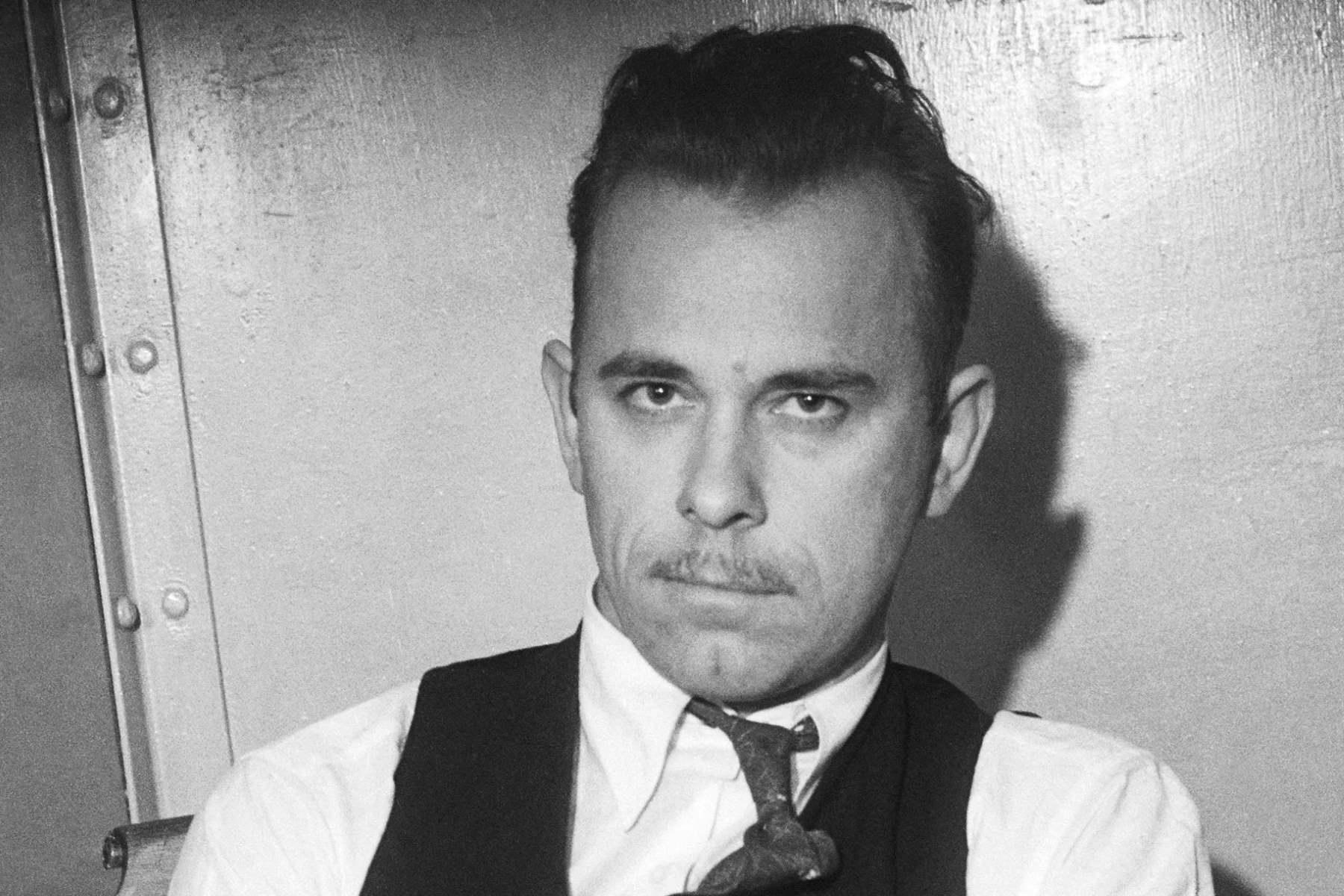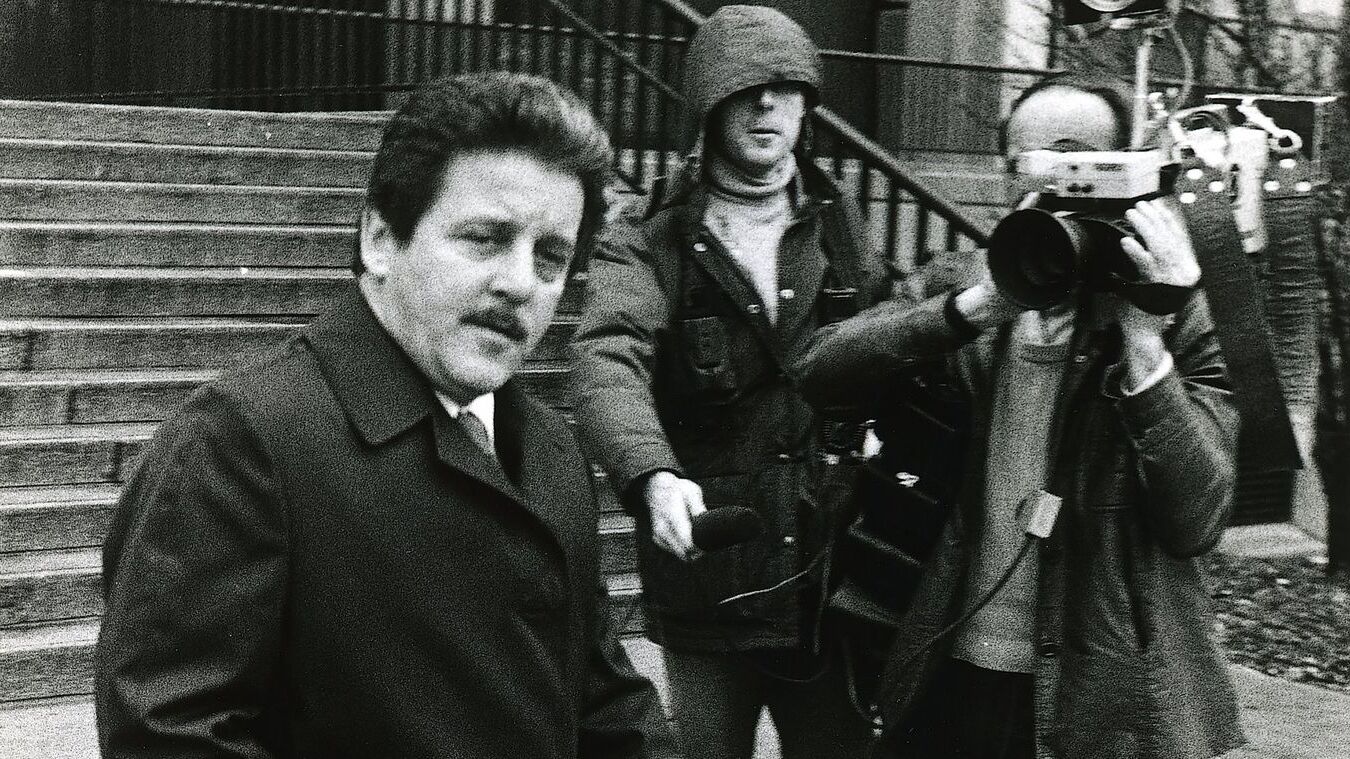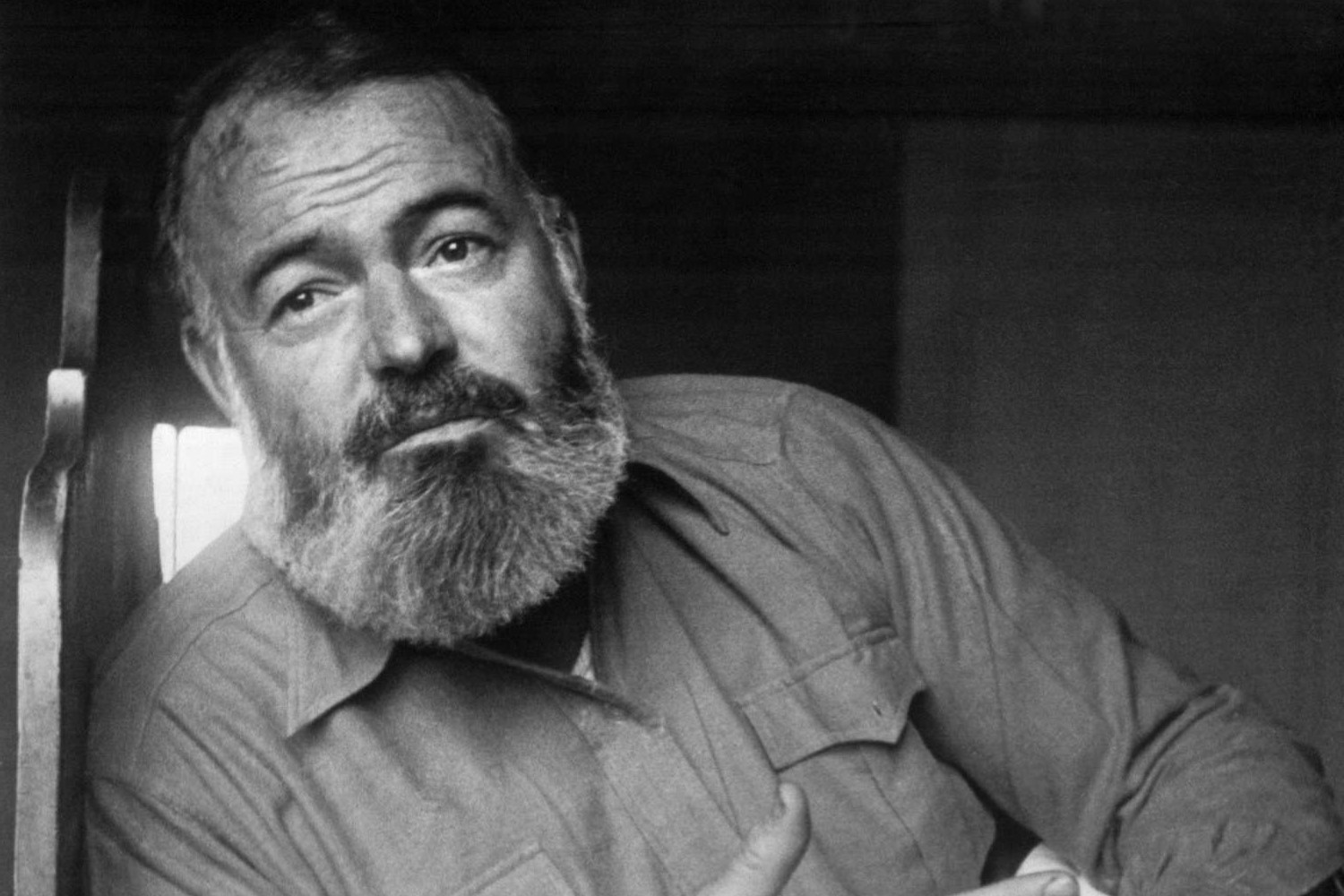
Who was John Dillinger? John Herbert Dillinger, born June 22, 1903, in Indianapolis, Indiana, became one of America's most infamous gangsters during the Great Depression. Known as "Jackrabbit" and "Public Enemy No. 1," Dillinger's life was a whirlwind of crime, escapes, and media frenzy. From petty thefts in his youth to orchestrating daring bank heists, his criminal career captivated the nation. Despite his notorious activities, many saw him as a folk hero, striking back at the banks during tough economic times. His life ended tragically on July 22, 1934, but his legacy endures, making him a fascinating figure in American history.
Key Takeaways:
- John Dillinger's troubled childhood and early criminal activities shaped his future as a notorious gangster, leading to a life of crime, prison influence, and a captivating crime spree during the Great Depression.
- Despite his infamous crimes, John Dillinger's legacy endures as an iconic figure in American folklore, inspiring movies and books, and symbolizing the lawlessness and public fascination with crime during the Great Depression era.
Early Life and Family Background
John Dillinger's early years were marked by significant events that shaped his future.
-
Birth and Early Life: Born on June 22, 1903, in Indianapolis, Indiana, John Herbert Dillinger experienced a profound loss at a young age when his mother died when he was just three years old.
-
Family Background: His father, John Wilson Dillinger, was a stern churchgoer who owned a grocery store and rental houses. His strict and sometimes abusive nature contributed to Dillinger's troubled childhood.
-
Sibling Relationship: Dillinger had an older sister named Audrey, who took care of him until she married a year later. Audrey's role in his early life was significant, providing some stability after their mother's death.
-
Education: Dillinger quit school at 16, feeling bored and eager to make money. He had a knack for working with his hands and was a good employee at an Indianapolis machine shop.
Early Crimes and First Arrests
Dillinger's early criminal activities set the stage for his future as a notorious gangster.
-
Early Crimes: As a boy, Dillinger committed petty thefts and pranks with his neighborhood gang, the Dirty Dozen. These early misdeeds foreshadowed his later life of crime.
-
Move to Mooresville: In 1920, Dillinger’s father retired to a farm in Mooresville, Indiana. Despite the change in scenery, Dillinger continued his mischievous ways.
-
Car Theft: In 1921, Dillinger was caught stealing a car in Indianapolis. He escaped on foot and later joined the U.S. Navy, only to desert a few months later in December 1923.
-
Bank Robbery: In 1924, Dillinger was arrested for attempted robbery and assault with a deadly weapon. He was sentenced to 10-20 years in prison but escaped and continued his life of crime.
Prison Influence and Gang Formation
Prison life and the connections Dillinger made there significantly influenced his criminal career.
-
Prison Influence: During his time in prison, Dillinger met many bank robbers. He built friendships with these inmates and learned from them, which significantly influenced his future criminal activities.
-
Parole and Release: After serving his sentence, Dillinger was paroled in 1933. Upon his release, he returned to crime and began his notorious bank robbery spree.
-
First Bank Robbery: During his first four months of freedom, Dillinger robbed five banks, marking the beginning of his organized and deadly bank robbery group.
-
Escape from Prison: Dillinger plotted to help several friends escape from prison to join him. Although he was arrested before he could set the plan into action, others carried it out. The freed inmates stormed the jail that housed Dillinger, killing the sheriff in the process.
Crime Spree and Public Perception
Dillinger's gang embarked on a crime spree that captivated the public and outsmarted law enforcement.
-
Gang Formation: The group, including Dillinger and his cronies, set out on a crime spree across various states, robbing banks in Indiana and Wisconsin before moving on to the southern and western United States.
-
Public Support: The gang outsmarted or outran police and the FBI at every turn. They had faster cars and more weapons than the authorities, and they also had much of the public on their side. Many people saw the robberies as payback for the banks' failures during the Great Depression.
-
Intimidation Tactics: When Dillinger or one of his cronies was captured by police, they often escaped. In one case, Dillinger made a toy gun out of a block of wood while imprisoned. He then used shoe polish to paint it black and intimidated guards to make his getaway.
-
Media Attention: Dillinger’s exploits during the Great Depression made him a headline news celebrity. He was known as "Jackrabbit" for his quick getaways from the police and "Public Enemy No. 1" for his notorious crimes.
Pursuit and Capture
The relentless pursuit by law enforcement eventually led to Dillinger's capture and death.
-
FBI Pursuit: The FBI, led by J. Edgar Hoover, was relentless in their pursuit of Dillinger. They worked closely with local law enforcement agencies to track him down.
-
Indiana State Police Involvement: The Indiana State Police, led by Superintendent Al Feeney and Captain Matt Leach, played a crucial role in the pursuit of Dillinger. Leach, who had worked for many years as an officer with the Gary, IN Police Department, was the first to become aware of Dillinger's activities in the summer of 1933.
-
Taunting the Police: Dillinger often taunted the police, making phone calls to Leach and sending him books like "How to be a Detective." Despite these taunts, Leach continued his relentless pursuit of Dillinger and his gang.
-
Bank Robberies: Dillinger and his gang committed numerous bank robberies across the Midwest. Their crimes were highly publicized, and they became infamous for their brazen heists.
-
Plastic Surgery: In an attempt to evade capture, Dillinger reportedly underwent plastic surgery just before his death. This change in appearance made many people suspicious about the FBI's story of his death.
-
Capture and Death: On July 22, 1934, Dillinger was set up by Anna Sage, a Romanian immigrant facing deportation. She struck a deal with the FBI and agreed to help them capture Dillinger. The two traveled to the Biograph Theater in Chicago to see Clark Gable and William Powell in the movie "Manhattan Melodrama." FBI agents ambushed Dillinger outside the theater, and he was shot and killed in an alley near the theater.
Rumors and Legacy
Even after his death, Dillinger's story continued to captivate the public, leading to rumors and a lasting legacy.
-
Rumors and Controversy: After Dillinger's death, rumors spread that he had escaped and was living under an assumed identity. Claimed sightings of Dillinger piled up, and many questioned the FBI's story. Some believed that agents had killed a Dillinger look-alike, given the discrepancies in his eye color, ear shape, fingerprints, and teeth.
-
DNA Comparison: In 2019, Dillinger’s surviving family members sought answers about his death. They asked to compare their DNA to Dillinger’s remains, but the cemetery refused to disturb the grave. The family then filed a lawsuit but lost.
-
Legacy and Impact: Despite his notorious crimes, Dillinger has become an iconic figure in American folklore. He has inspired scores of movies, documentaries, and books. His legacy continues to fascinate people, with many regarding him as a folk hero who became a legend.
-
Public Perception: Dillinger’s exploits during the Great Depression resonated with many Americans who felt that banks were responsible for their financial woes. This public perception helped him gain a certain level of admiration and sympathy from the public.
-
Media Portrayal: Dillinger has been portrayed in numerous films, including "Dillinger" (1945), "Dillinger and Capone" (1995), and "Public Enemies" (2009). These movies have further cemented his place in popular culture.
-
Funeral and Burial: After his death, Dillinger’s funeral was a spectacle. His family announced a false funeral time to mislead the throngs, but thousands still flocked to the scene. His grave at Crown Hill Cemetery in Indianapolis has been visited by many, with some even taking pieces of his headstone as keepsakes.
-
Grave Site: Dillinger’s grave site is one of only a dozen highlighted on Crown Hill’s tour maps. It has been the subject of much fascination and morbid curiosity over the years.
-
Cultural Icon: Dillinger’s life and crimes have been immortalized in various forms of media. He remains an important cultural icon, symbolizing both the lawlessness of the Great Depression era and the public’s fascination with crime and punishment.
Historical Context and Law Enforcement Challenges
The era in which Dillinger operated and the challenges faced by law enforcement added to his legendary status.
-
Historical Context: The pursuit of John Dillinger took place during a tumultuous time in American history. The Great Depression and Prohibition created an environment where gangsters like Dillinger could thrive and gain significant media attention.
-
Law Enforcement Challenges: The Indiana State Police faced numerous challenges during their pursuit of Dillinger. These included a lack of manpower, inadequate equipment, and poor communication systems, which made the hunt for Dillinger a nightmare.
-
Tactical Innovations: Dillinger and his gang employed various tactical innovations to evade capture. These included using faster cars and more sophisticated weapons, as well as exploiting public sympathy to their advantage.
-
Public Support for the Gang: The public's support for Dillinger and his gang was significant. Many people saw their robberies as a form of revenge against the banks that had failed them during the Great Depression.
-
Enduring Legacy: Despite his tragic death, John Dillinger's legacy continues to endure. He remains one of the most infamous gangsters in American history, a testament to both the lawlessness of the Great Depression era and the enduring fascination with crime and its consequences.
Dillinger's Enduring Legacy
John Dillinger's life was a whirlwind of crime, escapes, and public fascination. Born in Indianapolis in 1903, he quickly turned to a life of petty thefts, escalating to bank robberies that made him infamous. His daring escapes and taunts to law enforcement only added to his legend. Despite his criminal activities, many saw him as a folk hero during the Great Depression, a symbol of rebellion against failing banks. His death in 1934, set up by Anna Sage, didn't end the rumors and controversies surrounding him. Even today, Dillinger's story captivates, inspiring movies, books, and endless speculation. His grave at Crown Hill Cemetery remains a site of intrigue. Dillinger's legacy endures, a testament to the enduring fascination with outlaws and the complex interplay between crime and public perception.
Frequently Asked Questions
Was this page helpful?
Our commitment to delivering trustworthy and engaging content is at the heart of what we do. Each fact on our site is contributed by real users like you, bringing a wealth of diverse insights and information. To ensure the highest standards of accuracy and reliability, our dedicated editors meticulously review each submission. This process guarantees that the facts we share are not only fascinating but also credible. Trust in our commitment to quality and authenticity as you explore and learn with us.


